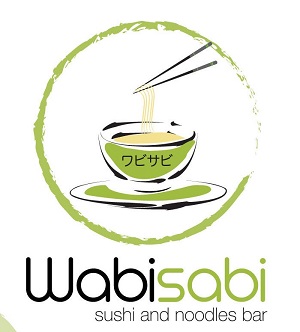Like some cuisines in Japan, the sushi integrated lots of foreign influences. The Edomae sushi (Edo style sushi; Edo is the antique name of Tokyo), or ordinary “sushi” known to the globe today, is a mix of vinegar seasoned rice as well as the Japanese sashimi.
Sushi is frequently confused with raw fish and also rice. This is appropriate if referring to the Edo design sushi, however initially, sushi was a term for fermented meat or fish, which was planned for the sole function of preservation.
It is thought that sushi has its origins in Southeast Asia where fish and also meat were salted, then fermented for long periods of time. Records of comparable approaches of fermented fish are first seen in Chinese bibles in the 2nd century. It likewise appeared that it wasn’t the most preferred dish at the time. This type of sushi is recorded in Japan in the 7th century. It was later on in the Heian period or during the 10th century when raw rice was packed inside the fish after they were gutted, as well as cleansed with sake or Japanese rice a bottle of wine, prior to they were fermented. A fresh water fish such as carp was commonly made use of for this kind of sushi, and also was called the nare sushi (ripe sushi). The rice helped in the fermentation procedure as well as made it quicker to ready compared to the original sushi. The rice was disposed of after the fermentation was full (a period of 2 to 3 months depending upon the season) and also simply the fish was consumed.
Throughout the Muromachi Period, or 15th century, the nare sushi started to split right into 2 kinds, the hon nare (real ripe) as well as nama nare (raw ripe, or pre-ripe). The hon nare is the initial variation of the sushi which started its follicles in the 10th century. The nama nare is the same kind of sushi, yet it is taken in too soon. In this manner the rice packed inside the fish to aid the fermentation procedure came to be somewhat nutritious. The nama nare sushi stands out from the hon nare in a way that it has a much more pleasant sour preference. Eventually the nama nare came to be much more preferred for its quicker prep work and it’s additional side recipe, the fermented rice which had a mild appetizing taste to it.
Regarding a century later on, vinegar was beginning to be contributed to reduce the planning time even additionally. This way, only marginal time was needed for fermentation, considering that vinegar was added later to unnaturally develop the tangy preference. This was not done merely to reduce time and also cost for hon nare or nare sushi manufacturing. It was really much more advantageous to individuals, considering that nare sushi generally has a really pungent odor, as well as was not extensively valued by numerous, despite the fact that it was (as well as still is) thought about a special. From here on, less as well as a lot less fermentation was required to produce nare sushi, as well as at some point a brand-new sort of sushi making use of only fresh vinegar as well as cooked rice started to progress. This began a trend of new sorts of sushi being advanced in areas, such as the Osaka style sushi, Oshi sushi, chirashi sushi as well as nuku sushi just to state a couple of. All of these are still prominent in Japan.
Sashimi or slices of raw fish were consumed in Japan for centuries, it was not till between 1827 and 1829 when sushi and raw fish were first incorporated. The vinegar rice resembling the naturally fermented sushi rice assisted the sashimi from ruining as well quickly, and also the quick planning made it optimal for such a business.
Catering to the regional Japanese, sushi chefs in the United States attempted hard to introduce sushi to Americans, yet it was tough to persuade individuals to try consuming raw fish. Much more and also more Westerners began to consume raw fish and also many adjustments were made to the Edo design sushi to adjust with western culture.
The past history of sushi is long, and the appealing feature of it is that the sushi develops with time. Without the suggestions as well as comments of Western consumers, it would certainly have been tough for a traditional sushi chef in Japan to develop all the brand-new types of sushi that are now made today. Some points which were thought about taboo in the Edo design sushi custom really turned out to be excellent. At the here and now, the tradition of sushi has actually spread out world vast, and also is in the blend style sushi, or American design sushi phase. It has actually been by doing this for practically 20 years and also is starting to level off at its top (as a culinary development), considering that there has truly been no revolutionary “innovation’s” like the California roll. Numerous brand-new rolls are seen occasionally, but they are simply varying combos of already existing elements with varying names given to them. Blend or American design sushi is even more of a brand-new functional mindset towards sushi, and again, it has been proved to be a progressing food. It will certainly be interesting to hesitate and see exactly what the following pattern in sushi will certainly be like.






